

(kryddstark)
stark
(of food) having a spicy or peppery flavor that causes a burning sensation in the mouth


(stark)
kryddstark
having a strong taste that gives your mouth a pleasant burning feeling

(lätt)
mild
having a flavor that is not sharp or overpowering


(tråkig)
smaklös
(of drink or food) having no pleasant or strong flavor
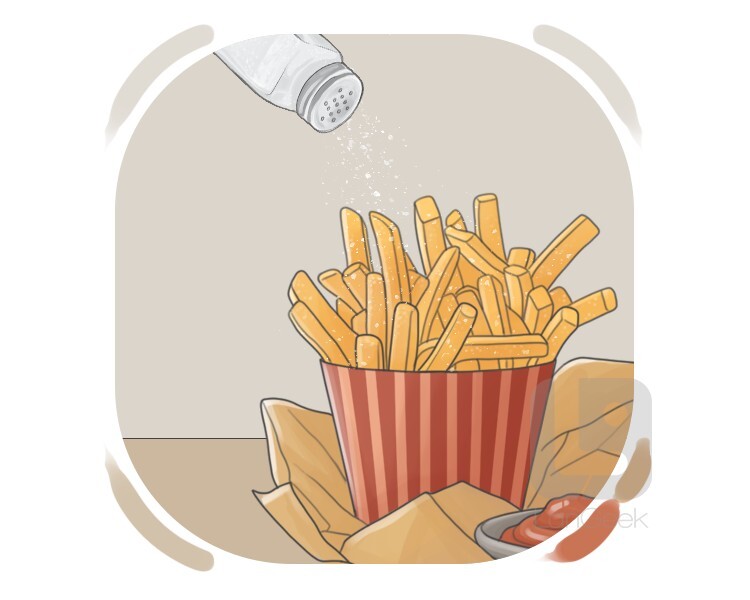

(saltinnehållande)
salt
containing salt or having a taste that is like salt

(söt)
sockerhaltig
having a sweet taste, often resembling or containing sugar


(läcker)
smaklig
pleasing or agreeable to the sense of taste
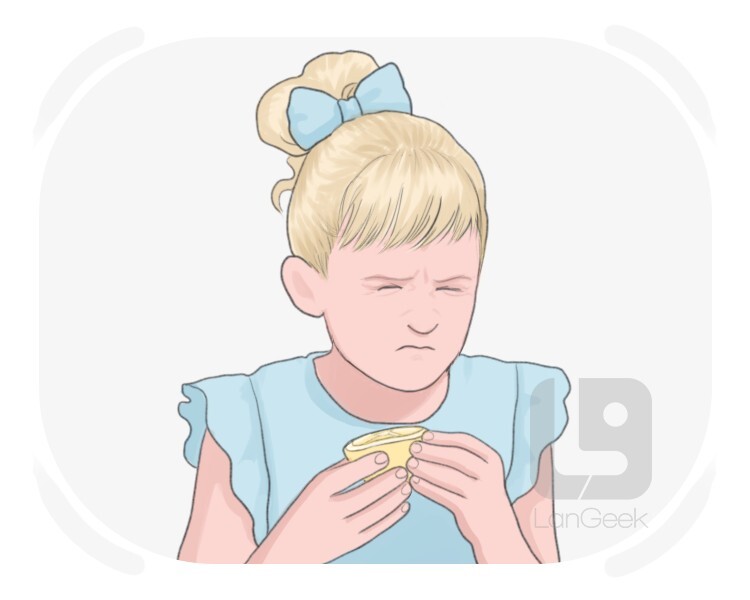

(syrlig)
sur
having a sharp acidic taste like lemon


(skarp)
bitter
having a strong taste that is unpleasant and not sweet


(smaklig)
god
having a flavor that is pleasent to eat or drink


(tråkig)
smaklös
lacking flavor or an interesting taste

N/A
if food or drink is moreish, it tastes so good that you want to have more of it


överkokt
(of food) having been left on heat for too long, resulting in a loss of moisture, flavor, and tenderness


(för hårt tillagad)
överkokt
cooked or prepared excessively, resulting in an undesirable outcome


(ofullständigt kokt)
otillräckligt tillagad
not cooked sufficiently, resulting in a raw or partially cooked state


(ointillagad)
ofärdig
not fully cooked or not cooked to the desired level


(omogen)
grön
not ready to be harvested or consumed yet

N/A
at the time of year when a fruit or vegetable is ready to be harvested and is freshest

(bli sur)
bli dålig
(of food and drinks) to become spoiled or rotten and no longer be safe to consume
Grammatiska Information:
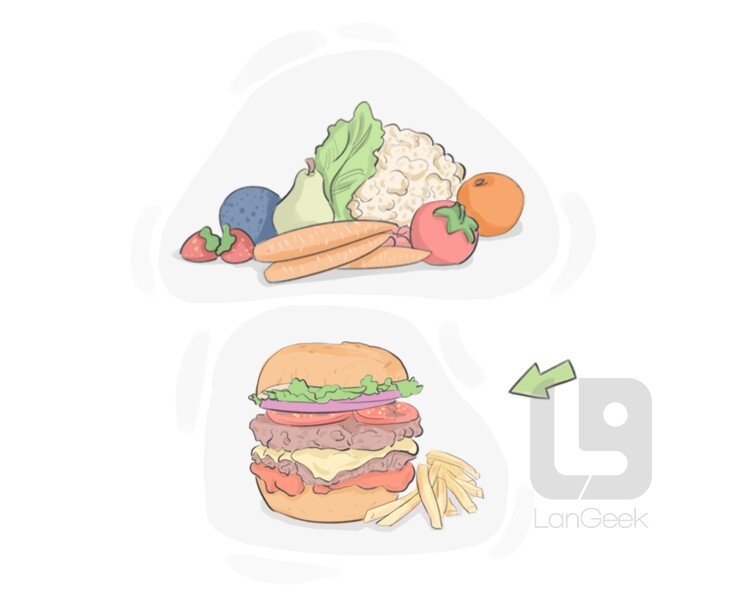

(riklig)
tung
describing a meal that is large


lätt
(of food) low in sugar, fat, or other rich ingredients, which makes it easily digestible

(mättande)
tung
(of food) high in carbohydrates and heavy, making one feel very full


(organisk)
ekologisk
(of food or farming techniques) produced or done without any artificial or chemical substances

(balanserad diet)
balanserad kost
a diet that includes a variety of foods in appropriate proportions to meet nutritional needs and promote overall health
A balanced diet is one that provides all the essential nutrients the body needs to function properly. It includes a variety of foods in the right proportions to supply the necessary vitamins, minerals, proteins, carbohydrates, fats, and fiber. A balanced diet typically features plenty of fruits and vegetables, whole grains, lean proteins, such as fish, poultry, beans, and nuts, and healthy fats, like those found in avocados, olive oil, and nuts, while limiting the intake of processed foods, added sugars, and excessive salt. The goal of a balanced diet is to support overall health, maintain energy levels, and reduce the risk of chronic diseases by ensuring the body gets the right nutrients in appropriate amounts.
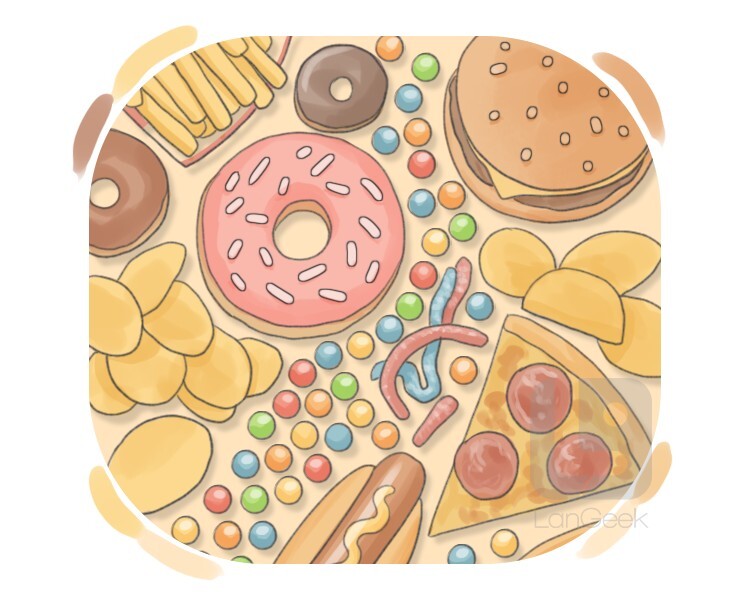

(onyttig mat)
skräpmat
unhealthy food, containing a lot of fat, sugar, etc.
Junk food refers to food items that are typically high in calories, sugar, salt, and unhealthy fats, but low in nutritional value. These foods are often highly processed and include items such as candy, chips, soda, fast food, and certain baked goods like cookies and doughnuts. Junk food is popular for its convenience, taste, and affordability, but regular consumption can lead to health issues such as obesity, heart disease, diabetes, and other chronic conditions.
Grammatiska Information:

(förädlad)
bearbetad
(of food) altered in some way from its original state through various methods such as canning, freezing, or adding preservatives


(reservera)
boka
to reserve a specific thing such as a seat, ticket, hotel room, etc.
Grammatiska Information:

N/A
to secure a place, seat, or accommodation in advance


bokning
the arrangement made in advance to reserve a hotel room, ticket, etc.


bokning
the act of arranging something, such as a seat or a hotel room to be kept for you to use later at a particular time


(starter)
förrätt
a small dish served before the main course
A starter is the first course of a meal, served before the main course. It is a smaller portion of food intended to stimulate the appetite and prepare diners for the main course to come. Starters can include a variety of dishes such as soups, salads, or small plates. They are often chosen to complement the flavors of the main course and provide a balanced and enjoyable dining experience.


(tillbehör)
sidorätt
an extra amount of food that is served with the main course, such as salad
A side dish is a smaller portion of food served alongside the main course of a meal. It is intended to complement the main dish and add variety to the overall dining experience. Side dishes can include a wide range of items, such as vegetables, grains, salads, or potatoes. They are often chosen to balance the flavors and textures of the main course, providing contrast and enhancing the overall enjoyment of the meal.


à la carte
a menu in which each dish has a separate price
À la carte refers to a menu in a restaurant where each dish is listed and priced separately, allowing customers to choose individual items according to their preference, rather than selecting from a set meal. This style of dining offers flexibility and a wide variety of choices, enabling diners to customize their meal by mixing and matching dishes to their liking. À la carte menus often include a range of appetizers, main courses, sides, and desserts, providing a personalized dining experience tailored to individual tastes.

(dagens rätt)
special
a dish that is only temporary on the menu of a restaurant, rather than regularly
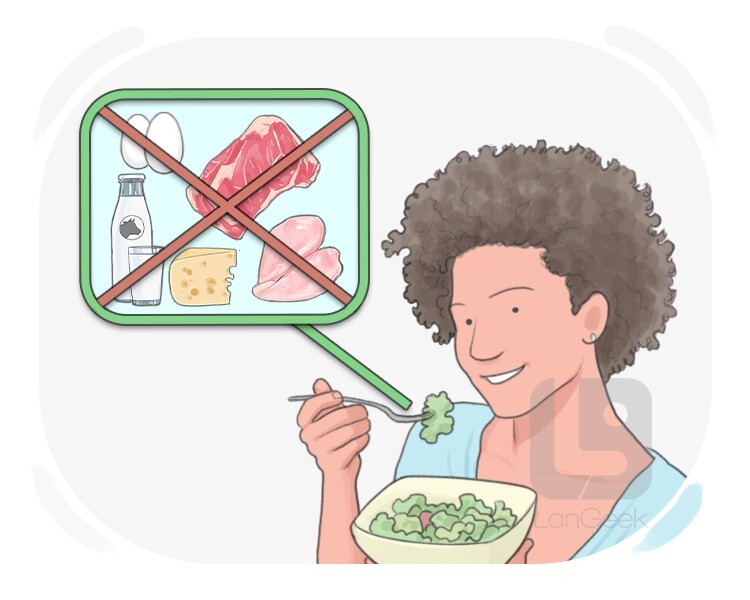

(strikt vegetarian)
vegan
someone who does not consume or use anything that is produced from animals, such as meat, milk, or eggs


(söt krämig rätt)
pudding
a sweet creamy dish made with milk, sugar, and flour, served cold as a dessert


(fylla på)
påfylla
to add more of a substance into something that was previously emptied
Grammatiska Information:

(Säg när)
Säg stopp
used to ask someone to indicate when they have had enough, typically while serving food or drink


(sötsaker)
godis
a small piece of food that contains sugar and sometimes chocolate
Sweets, also known as candies or confections, are a broad category of sugary treats that come in a variety of forms, flavors, and textures. They are typically made from a mixture of sugar, corn syrup, and other sweeteners, and can include a wide range of ingredients, such as chocolate, fruit, nuts, and flavorings. Sweets come in many different forms, including hard candies, gummies, chocolates, lollipops, and caramels, and are often brightly colored and attractively packaged to appeal to consumers. They are a popular treat and can be enjoyed on their own or can be used as an ingredient in a variety of desserts, such as cakes, cookies, and ice cream. Sweets are widely available in grocery stores, specialty stores, and online retailers around the world. However, it's important to consume sweets in moderation as they are high in calories and can contribute to health issues such as obesity and tooth decay.


(dessert)
efterrätt
a British term for dessert or a sweet course served after the main meal
Afters is a casual term used to refer to desserts or sweet treats consumed after a meal. It is an informal way to talk about the final course of a meal, typically consisting of items like cakes, pies, puddings, ice cream, or fruit. They are often enjoyed as a satisfying and indulgent way to conclude a meal on a sweet note.
Grattis! !
Du har lärt dig 40 ord av undefined. För att förbättra inlärningen och granskningen av ordlista, börja träna!
Recension
Flashcards
Stavning
Quiz
